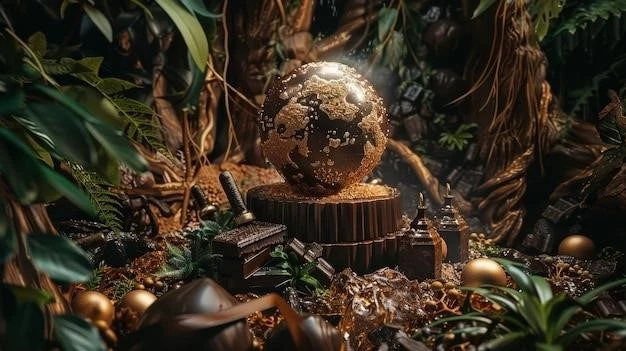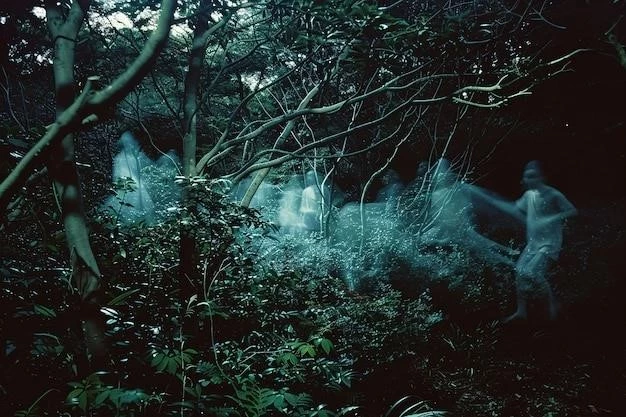The History of Magic: Ancient Roots and Modern Evolutions
Magic, in its various forms, has been an integral part of human culture and belief systems for millennia․ From ancient rituals to modern practices, the pursuit of understanding and influencing the unseen has captivated and shaped civilizations across the globe․ This article delves into the captivating history of magic, exploring its ancient roots, its evolution through different cultures, and its enduring presence in contemporary society․
Ancient Origins: The Dawn of Magic
The origins of magic can be traced back to the dawn of human consciousness․ In the face of the unknown and the inexplicable, early humans sought to understand and control the forces of nature․ This quest for understanding gave rise to animistic beliefs, where spirits and deities were believed to inhabit the natural world․ Early forms of magic, therefore, were inextricably linked to rituals, incantations, and the use of natural elements to appease or influence these supernatural entities․
In ancient Mesopotamia, for instance, magic was deeply intertwined with religion and was practiced by priests and priestesses who utilized spells and rituals to cure illnesses, ward off evil spirits, and ensure prosperity․ Similarly, ancient Egyptian civilization embraced a complex system of magic, with powerful deities and elaborate rituals playing a crucial role in daily life․ The Book of the Dead, a collection of spells and hymns, provides a fascinating glimpse into ancient Egyptian beliefs about the afterlife and the use of magic to navigate it․
Magic in Ancient Greece and Rome
The ancient Greeks, with their penchant for philosophy and intellectual inquiry, developed a sophisticated understanding of magic․ The philosopher Plato, for example, explored the concept of “divine madness,” suggesting that inspiration and creative genius could be influenced by supernatural forces․ Greek magic also encompassed a wide range of practices, from divination and astrology to the use of herbs and potions for healing and protection․
Roman magic, heavily influenced by Greek traditions, incorporated a blend of philosophical, religious, and practical elements․ Roman magicians, known as “magicians,” utilized spells, charms, and amulets to achieve their desired outcomes․ The Roman Empire also witnessed the rise of “necromancy,” the practice of communicating with the dead, which fueled both fascination and fear․
Medieval Magic: The Rise of Witchcraft
The medieval period in Europe witnessed a complex interplay between religious dogma, folklore, and magic․ The Church, with its emphasis on Christian theology, condemned magic as a form of heresy․ However, magic continued to thrive in folk traditions, often blending pagan beliefs with Christian elements․
This era also saw the emergence of “witchcraft,” a term that encompassed a wide range of magical practices, including herbalism, divination, and the use of charms․ While some individuals were accused of practicing “black magic” and harming others, many practiced magic for benevolent purposes, such as healing and protection․ The persecution of witches, often fueled by fear and superstition, reached its peak during the 16th and 17th centuries, resulting in the tragic deaths of countless individuals․

The Renaissance and Enlightenment: A Shift in Perspective
The Renaissance and Enlightenment periods brought about a shift in intellectual and scientific thought, prompting a reassessment of magic․ The rise of empirical science and reason led to a decline in the acceptance of supernatural beliefs․ However, magic continued to inspire interest, particularly among intellectuals and artists․
The Renaissance witnessed a revival of interest in ancient Greek and Roman magic, with scholars and alchemists exploring the esoteric traditions of the past․ The Enlightenment, while emphasizing rationality, also saw the emergence of “natural magic,” which focused on understanding and harnessing the forces of nature through scientific inquiry․
Modern Magic: From Occultism to Contemporary Practices
In the 19th century٫ the rise of occultism and spiritualism brought about a renewed interest in magic․ Theosophy٫ a spiritual movement that sought to synthesize Eastern and Western mystical traditions٫ gained considerable influence․ The occult revival also gave rise to various magical orders and societies٫ such as the Golden Dawn٫ which explored esoteric practices and rituals․
Modern magic encompasses a diverse range of practices, from Wicca and neo-paganism to contemporary forms of ceremonial magic and shamanism․ These practices often draw upon ancient traditions, while incorporating contemporary perspectives and interpretations․ Magic, in its various forms, continues to be a source of fascination, inspiration, and exploration for individuals seeking to understand the unseen and connect with the deeper dimensions of reality․

Conclusion
The history of magic is a tapestry woven with threads of ancient beliefs, cultural traditions, and intellectual inquiry․ From the rituals of early civilizations to the diverse practices of modern magic, the pursuit of understanding and influencing the unseen has shaped human culture and consciousness for millennia․ While magic has been subject to periods of both acceptance and persecution, it continues to hold a powerful and enduring presence in the human psyche, offering a timeless exploration of the mysteries of the universe and the limitless possibilities of the human imagination;










